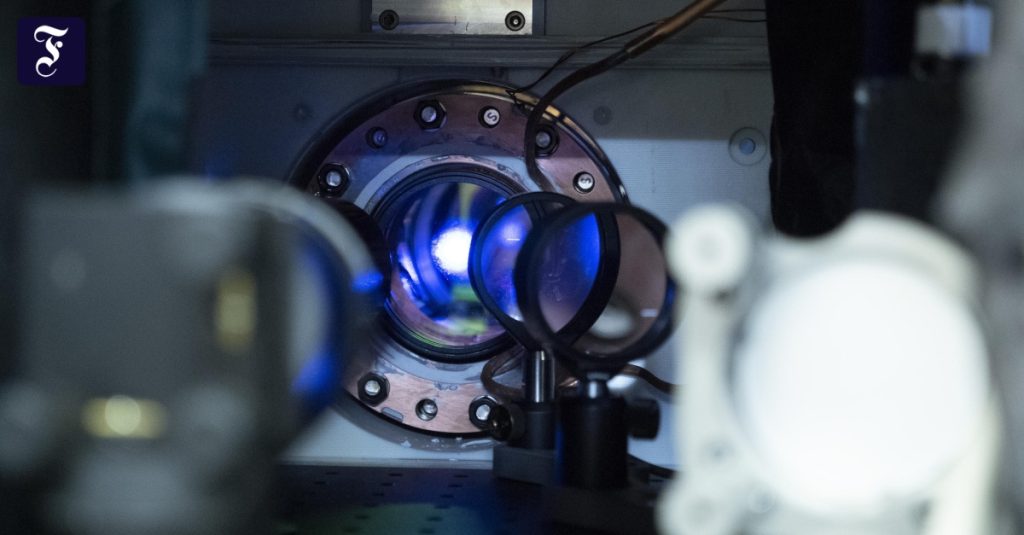DrTime does not always pass with the same speed everywhere. This is one of the strange results of the theory of relativity. Not only do clocks move slower than stationary clocks. Gravity also affects the passage of time: clocks run slower in the immediate vicinity of a massive object than at a certain distance. Physicists have been able to experimentally confirm this prediction of general relativity several times over the past few decades by bringing accurate clocks to high speeds or altitudes using aircraft or rockets, or by locating their experiments on mountains or towers. Now, researchers at the National Institute of Standards and Technology in Boulder, Colorado, have subjected the effect of gravitational time-lengthening, or time-dilation, to the most accurate test yet. I compared the rate difference between two horizontally arranged clocks on a millimeter scale.
general theory of relativity Albert Einstein Published in 1915, it describes gravity as a result of the curvature of space and time. The massive objects will then distort the four-dimensional structure of spacetime – similar to the way a heavy ball deforms a rubber membrane. The result: not only are the trajectories of all objects as well as the trajectories of light rays subject to the curvature of spacetime, time itself is also subject to the force of gravity. These relative effects must be taken into account for accurate positioning using satellite navigation.
Optical clocks ticking every second
If you want to measure small time differences, you need a chronometer as accurate as possible. However, even the best Swiss watches do not operate with sufficient accuracy to demonstrate time dilation in gravitational fields. Such experiments became possible only with the development of atomic clocks in the 1960s, which were determined by microwave oscillations of a cesium atom. In 1976, an atomic clock was launched on a rocket (Gravity Probe Experiment) at an altitude of about 10,000 km. The time difference compared to an identical atomic clock on Earth was one second in 73 years.
Time measurements at significantly lower altitudes confirmed Einstein’s predictions. Two years ago, Japanese researchers subjected gravitational time dilation to the most accurate test yet on the 450-meter Tokyo Skytree TV tower. On average, the atomic clock was four nanoseconds faster per day than a similar atomic clock on Earth. But what about smaller height differences – in the range of centimeters or millimeters?

“Total coffee aficionado. Travel buff. Music ninja. Bacon nerd. Beeraholic.”









More Stories
Coral Seeding: Artificial Insemination Makes Coral More Heat Tolerant
Fear, Anger, and Denial: How People Respond to Climate Change – Research
LKH Graz: Using radiation to combat heart arrhythmias